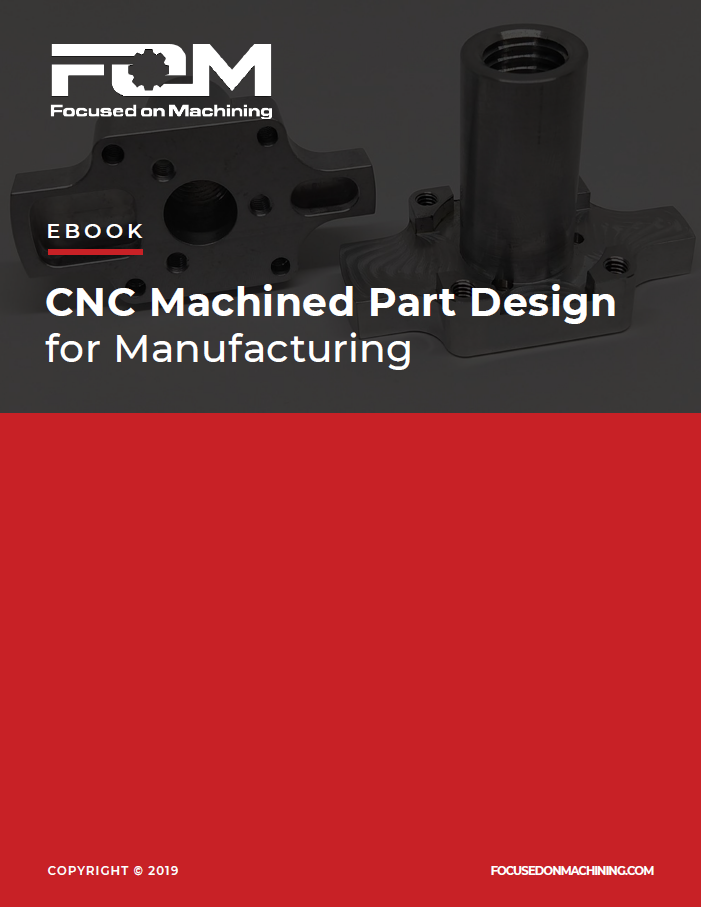One of the questions we get all the time when quoting CNC machining projects is “how did you land on this price?” or “why is this so expensive?”. The answers can be complex, many factors go into pricing a part that varies based on the specific part geometry and customer requirements.
The two major factors of cost are tooling and time. Complex features often require special tooling to reach, cut, or form a part. These tools might not be needed again but must be expensed on a single job versus a tool that we could use every day and amortize the cost throughout the life of the tool. The other factor is time. As a machine shop, we sell time, time for the use of our expertise and machines. Some features will force us to slow down our cutting time vs. cutting fast like the machine is designed to do, this will increase the amount of time that the part is in a machine, keeping other jobs in the queue.
In an effort to reduce the time it takes for our customers to get parts on their desk, we created a CNC machining design for manufacturing eBook. The eBook is a guideline that communicates the cost drivers in machining and how to design parts to save on cost. Many of the topics in the eBook are not tolerance specific items, but general features that don’t change the intention of the part. This eBook can help you avoid putting features into the part that will increase costs unnecessarily.
In addition, there are a few items that we do not cover in the eBook that also increase costs, for example, material, plating, and shipping.
Material: Early in the design and prototype phase part quantities are typically low (we love prototype quantities at our shop!) One element that impacts cost is material usage. Most materials are sold in 12/20-foot bars, 4 x 8 feet sheets, or plates. Let’s use an example of prototyping a part out of 17-4 stainless, heat-treated to H900. Costs are going to be higher than a normal grade of 17-4, or even 1018 carbon steel. The reason for this is the amount of material used. A material supply house will absolutely sell a foot of material, but when they have to cut a bar, the remaining amount goes into their “remnants” section. Because this is not in their normal system, they will try to recoup a higher portion of that bar cost on the 1-foot piece that may be needed.
Plating/Heat Treating: All plating and heat treat shops have minimum lot fees. Most are in the $100-150 range. When prototyping, it’s important to consider this factor when there are only 1-5 parts. You’re simply increasing those parts by $25-$100 apiece for those services. When parts are proved out and higher quantities are achieved, the per piece prices for plating and heat treat can be $1 or less.
Shipping: Another factor that doesn’t get enough attention. A small quantity of parts in the prototype phase can have shipping costs attached to it 3-4X. For example, the initial material will be purchased online and shipped to the shop, shipping charge #1. Then it’s machined and shipped to plating, shipping charge #2. When plating is completed, it’s shipped back to the shop, shipping charge #3. Finally, the completed parts are shipped to the customer, shipping charge #4. All of these costs are charged to the machine shop and eventually built into the pricing for the customer.
Take a look at the eBook we’ve created - eBook Link. It will provide significant value during the design phase of your project. As always, we are available to talk anytime to help you get your project completed, feel free to reach out to us via our website, LinkedIn, or by phone.
Justin Quinn, President



